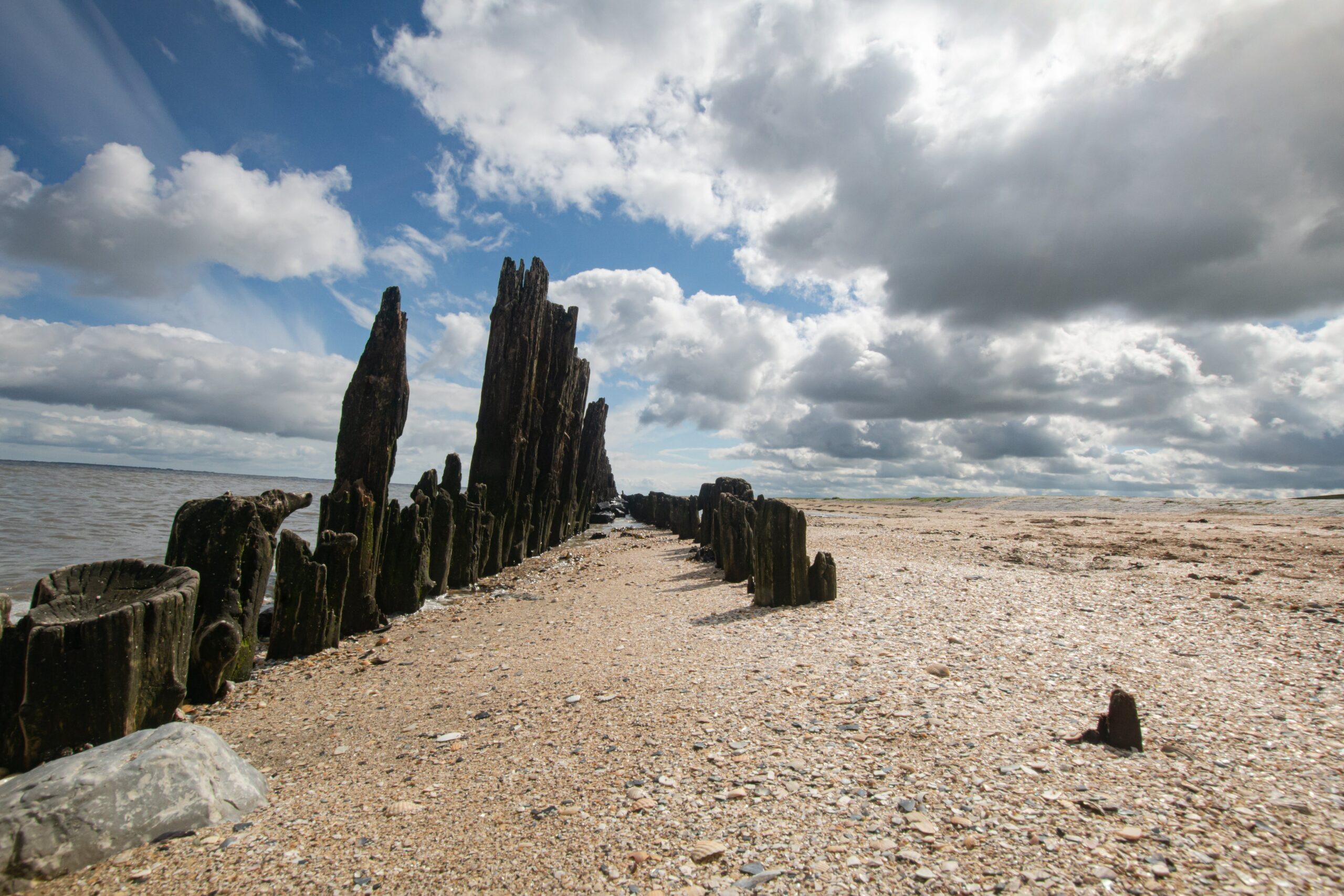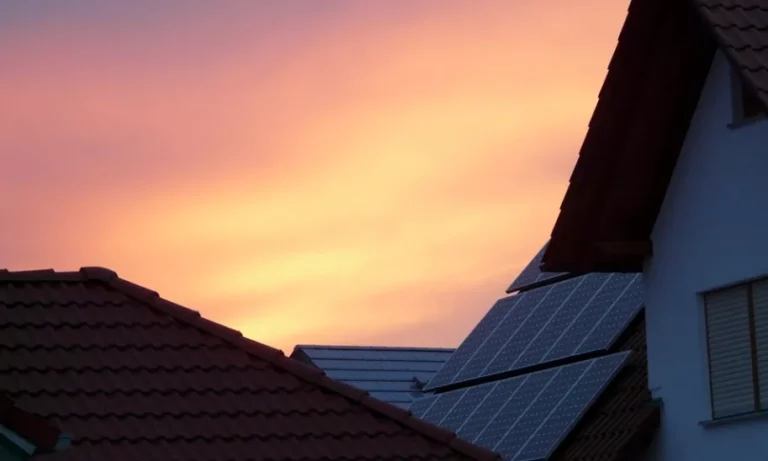The Little Dutch Boy And 80 Billion Euros

The Little Dutch Boy is a famous story about a boy who put his finger in a dike to save the city of Haarlem near Amsterdam. It is included in “Hans Brinker, or The Silver Skates,” written by Mary Mapes Dodge, an American. It was published in the US at the end of the Civil War.
Who made money: Shipping stocks rise on Suez dangers.
The story is based on an important aspect of Dutch history. Over the last thousand-plus years, periodic floods have destroyed large parts of The Netherlands. In the process, well over 100,000 people have died, and very possibly as many as 250,000.
During the past several centuries, the country has built a series of dams, levies, and dikes, but none of these systems have been completely effective. This system of flood protection has been upgraded recently. Not only has this construction come at great financial cost, but it is also not a permanent solution. It will also become less effective over time because of rising sea levels due to the effects of increasing climate change.
In 2010, it was estimated that almost 500 miles of the 2,100 miles of flood defense systems were too low or not strong enough to prevent catastrophic flooding. The Netherlands added to its previous investments in these defense systems, creating its High Water Protection Programme. These improvements are estimated to cost as much as 80 billion euros.
The Delft University of Technology, the oldest and largest Dutch public technical university, recently suggested that man-made defenses may not be the only means to protect that country from flooding. They and several partners have suggested using the country’s natural defenses. Man-made flood protection has to be altered regularly as global warming affects water levels. “Building-with-nature” methodologies, that are….
‘Living dikes’ are green dikes with a salt marsh that grow apace with sea level rise. They can play an important role in climate-proof coastal protection. ‘By using natural forelands, dikes themselves need to be less high and wide while still providing the same level of protection.’
The problem with implementing this solution currently is a purely human one. Universities, private enterprises, and the government cannot agree on how the plans would be implemented or if the consensus is that these changes will work. In the Little Dutch Boy’s case, the problem was solved by one person. It is harder to find a solution when many are involved. Unfortunately, tensions that undermine resolutions are frequent in the world of solving climate crisis problems.
Sponsor
Find a Vetted Financial Advisor
- Finding a fiduciary financial advisor doesn't have to be hard. SmartAsset's free tool matches you with up to 3 financial advisors that serve your area in 5 minutes.
- Each advisor has been vetted by SmartAsset and is held to a fiduciary standard to act in your best interests. Get on the path toward achieving your financial goals!






